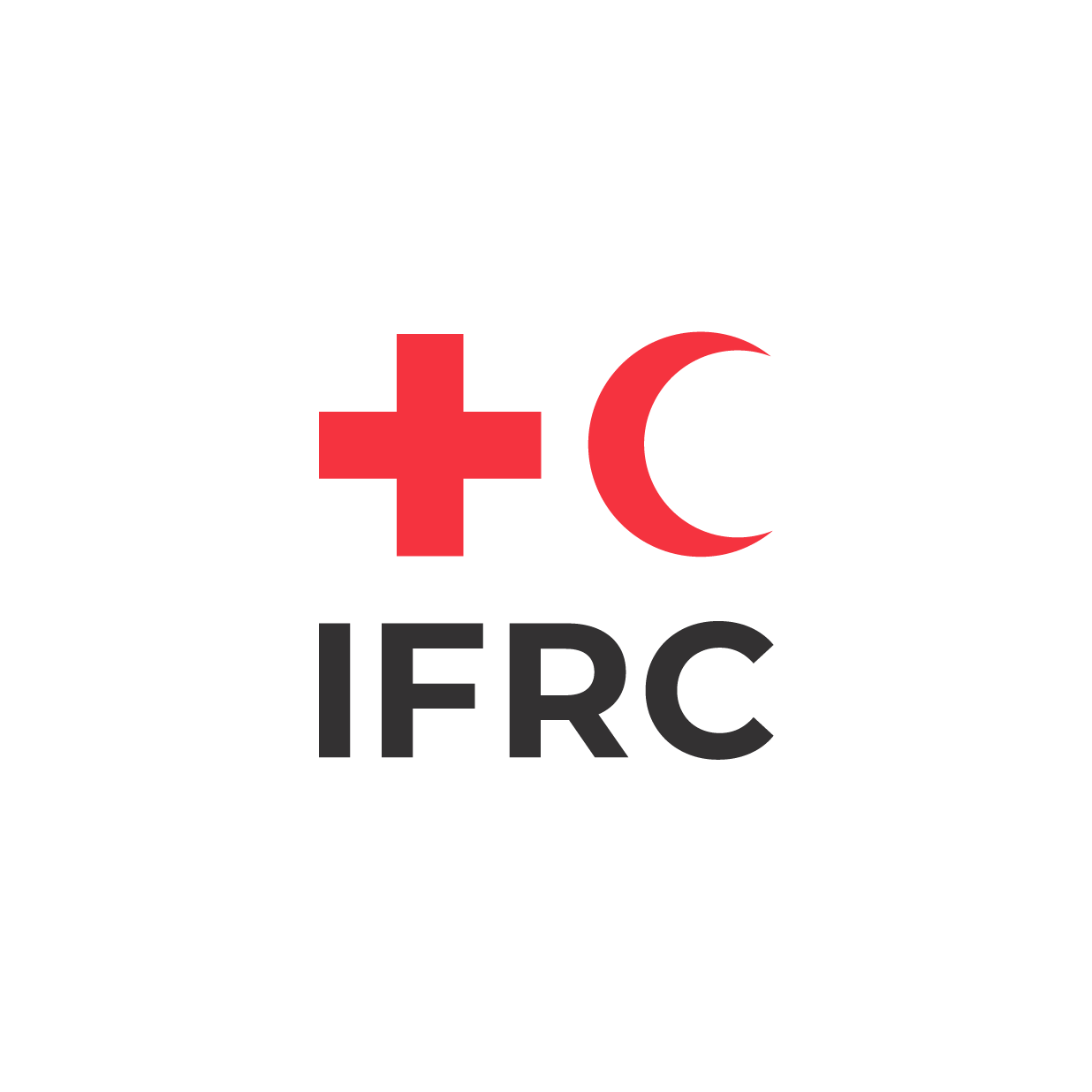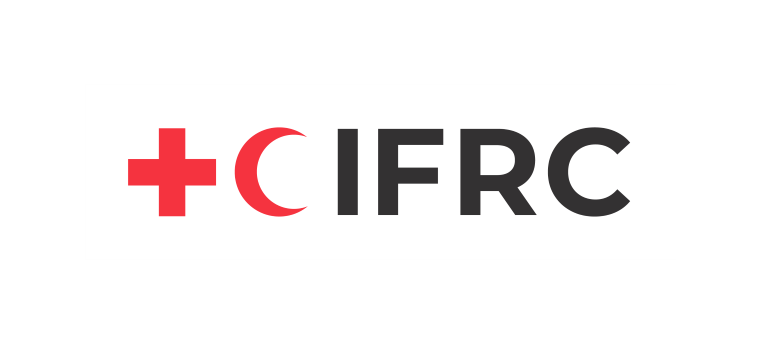Stage 2
Reference Sheet W
Prioritization and rating
Prioritization can be done in a number of ways, most of which include ranking. (For more information on ranking, see the Method Reference Sheet (MRS) 2 of the VCA toolbox with reference sheets, (IFRC 2007, p. 138‑142.).
- Threat component: Put each threat that community members propose on a card and ask a group to work together to separate threats that are symptoms from those that are root causes of a problem. (Many resources can help you conduct problem analyses, including the VCA toolbox with reference sheets, MRS4 (Problem tree analysis), PASSA Activity 3 (Frequency and impact of hazards at PASSA: Participatory Approach for Safe Shelter Awareness, and the Project/Programme planning guidance manual). This exercise can also serve to validate data that was collected earlier, by triangulation or in focus group discussions.
- Capacity/resource (vulnerability) component: Ask members of the community to list capacities and resources, then sort them by dividing them into categories (positive and negative, urgent and important, etc.) or adopting any system that is appropriate. It may be useful to pair rank statements (see more information on pair‑wise ranking in Guidelines for assessment in emergencies (IFRC 2008), chapter 7.1.5, p. 57.). Independent scoring that can be merged later or averaged can also be useful.

The International Federation of Red Cross and Red Crescent Societies is the world's largest humanitarian network and is guided by seven Fundamental Principles: Humanity, Impartiality, Neutrality, Independence, Voluntary Service, Universality and Unity.
Follow IFRC
© The Global Disaster Preparedness Center 2024
